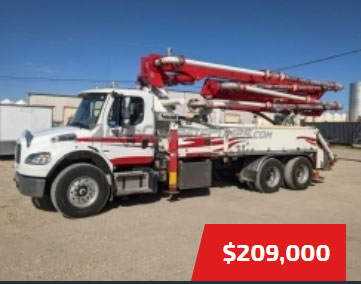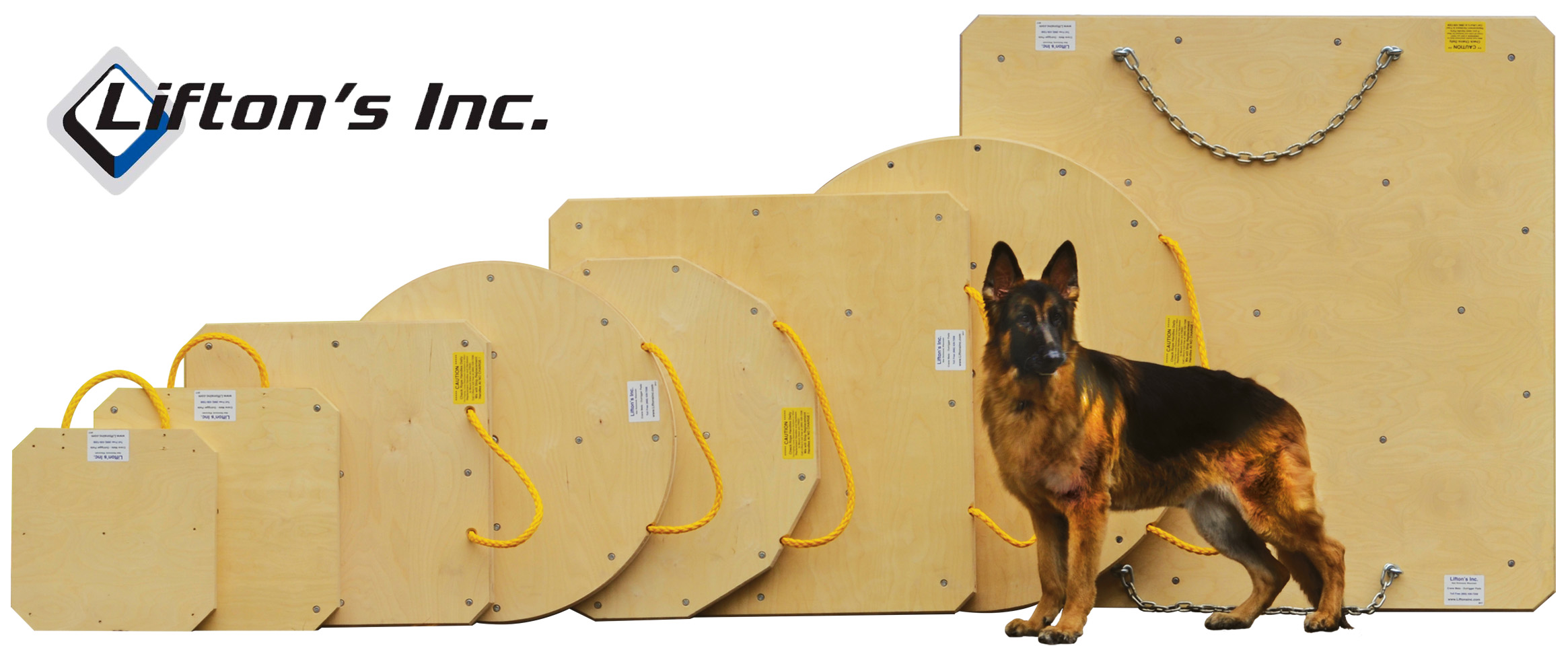| Slavedattler | 06-17-2007 | comment profile send pm notify |
|
I am trying to do some safety stuff as we are ready mix and a pump company. I know we see this all day long and nothing new really. But does the picture say keep the hopper full.
|
||
| mrmike36z | 06-17-2007 | reply profile send pm notify |
|
From my experience it does not always mean a low hopper of concrete. I have done jobs when I know the readymix drivers and they are awesome about keeping a full hopper and when the hoseman pushes the hose still gets an airburst. My theory is that when the hose changes from vertical to semi horizontal it some how creates a air pocket and will spit like that for a while and eventually catch up with it's self. This is really evident when pumping fairly slow. If you are pumping fairly fast it doesn't seem to do it as often.
But if I knew everything I would be doing something else.
Mike |
||
| Slavedattler | 06-17-2007 | reply profile send pm notify |
|
Well there is a good and correct answer. But this mix was very harsh and the switch of the s-tube was at a comercial setting not smooth. The hopper was full. |
||
| Slavedattler | 06-18-2007 | reply profile send pm notify |
|
I read your whole post just now and agree to a point, then again I used the dial to adjust volumes slow to fast pretty much as the hose man bends the hose like this to either minimize boom movement or fill behind a tower crane like this situation, I also find turning up the volume at this point is less trouble, but my theory goes back to the mix and switch of the stube, but you do have a point also. The mixer was keeping it full on this job but the explanation to ready mix drivers would be to involved. Tryto explain this situation to a hoseman hehe. |
||
| mrmike36z | 06-18-2007 | reply profile send pm notify |
|
True, but turing up the volume can hurt. If a chunk comes through at that time that could be a bad day for the hose guy. I know sometimes pushing the hose is nescessary but dangerous. We all do this on a daily basis, hell I've see it done worse than that, 99% of people get lucky. Its just a matter of time. |
||
| Slavedattler | 06-18-2007 | reply profile send pm notify |
|
Another good reply, yes it is just the norm here, but this placer in particular is flat, he is one of the more caring of most commercial guys. They all do it,the travell times of ready mix and times for pumping can get close to 2hrs, most engineers freak. So they bend the hose, and shoot it. I agree with this practice as most loads in this situation come off in 10min. or less leaving no gaps or large gaps but ready mix travel times are in account. Hose as we know may drag into 20-45 min. So 300meters is a long day. 800meters can be bad, as all loose interest and quality suffers. The contractor takes this responsability, but it all comes back to the pour date and blames. And yes I have layed down the tapper on a ss to shoot the extra 20ft. It sucks but 5 trucks backed up and serious money,pressure can dictate not so much to the operator but the placer worrying about back charges to his firm as they agree to a schedule timed pour. I find this a challenge to educate the contractor a hard chore. |
||
| OldSchool2 | 06-19-2007 | reply profile send pm notify |
|
putz is developing a anti whip hose .it is much more rigid than a standard hose. it has been tested in the u.s.and works great. |
||
| Country | 06-20-2007 | reply profile send pm notify |
|
I would really like to see that I don't think there is any way to keep a hose from wiping when there is that much pressure involved!!!! |
||
| GB | 06-20-2007 | reply profile send pm notify |
|
What I see in those pictures. 1. Mud flowing, and I presume the tip section of the boom is nearly vertical. Mud freefalling in the last section of boom, and on out through the hose. 2. Hose is pushed, thereby increasing the pressure required for the mud to travel the 10 feet of hose. [Mud flow slows, but does not stop [pic#1] What is also happening is that the 5 inch pipe on the tip section is now filling with mud, and compressing what air was in that last section. 3. [Pic#2] Mud starts moving increasingly faster, the small air burp comes out, and the mud flow right behind it is now a steady stream, and will continue to be so until you stop pumping, or somehow else allow air into your system. 4. I guess I don't see much danger there, especially if the boom operator is close enough to the hose to note the slowdown in flow, realise that the last air is being forced out of boom, and be ready to stop pump if mud flow stops acting normal.
PS This situation is made even more obvious with a CF Reducing hose. I run a 5 to 3 reducing hose, and pump mud that usually pumps quite easily. |
||
| Bob | 06-21-2007 | reply profile send pm notify |
|
So exactly what is the moral to this story? What is the lesson to be learned? Aside the fact that these are very well taken photos what preventative measures need be taken to prevent an unhappy end? I appreciate the fact that someone/anyone is taking the time to present safety related material to his coworkers. My question remains as to (a) the problem, and (b) the steps that need be taken to prevent or allay the problem. With out knowing more of the particulars my only comments are that the communication between operator and hose man be improved so as to limit the necessity of ‘pushing’ the hose to such a degree; that is to say, plan the pour and then pour the plan. Anticipate the move and be ½ steps ahead of the movement of the hose man is, as I see it, the solution to the perceived problem. I think that MrMike36Z and GB are correct in that when you push the hose that far that the resultant air discharge is inevitable. Having the operator be more attentive is the solution. Just my opinion. ;~) |
||
| ericICF | 07-07-2007 | reply profile send pm notify |
|
SD , I just wondered if you thought your material cylinders were fully loaded ..as..maybe the harsh mix was tough to suction in or load.. therefore air in the tube. Not exactly the mixers drivers fault...but the mix.
|
||

_1.png)



















.jpg)
.gif)

.jpg)









.jpg)








